AO Edited
Palace of the Porphyrogenitus
Byzantine emperors ruled, lived, and died in this 13th-century palace-turned-museum.
This stupendous structure is all that remains of the imposing Blachernae Palace, home of the Byzantine emperors who ruled Constantinople (modern-day Istanbul, Turkey) for more than a millennium. Known in Turkish as Tekfur Sarayı or “Palace of the Sovereign,” this once imposing, 13th-century palace is now a shadow of its former glory.
The palace’s name likely refers to Constantine Palaiologos, a Byzantine prince and son of Emperor Michael VIII Palaiologos. The porphyrogenitus title (literally “purple-born”) was bestowed on any children of the emperor born during his reign.
The palace was built in a suburb northwest of the main city sometime between 1261 and 1291 and is connected via several staircases to the mighty Theodosian Walls, an ancient fortification that has protected the city since the 5th century.
During the Crusades, the palace and many of its surrounding buildings were burned down. Ottoman Emperor Mehmet II later rebuilt some of the palace before the building again fell into ruin in the 17th century. After this, the building was used as a ceramics and glass workshop while other parts of the palace were used as an elephant stable and a zoo.
The palace underwent an extensive and controversial restoration in July 2010. A new roof was added. Glass windows were installed. Walls were reconstructed and entire floors were added. In 2019, the palace reopened as a museum, the Tekfur Sarayı Müzesi, which mainly houses ceramics.
If you pay attention to the ancient medieval wall, you can imagine what life might’ve been like within the sumptuous Byzantine court.
Know Before You Go
The museum is a five-minute walk from Chora Church. Admission is 50 Turkish lira.















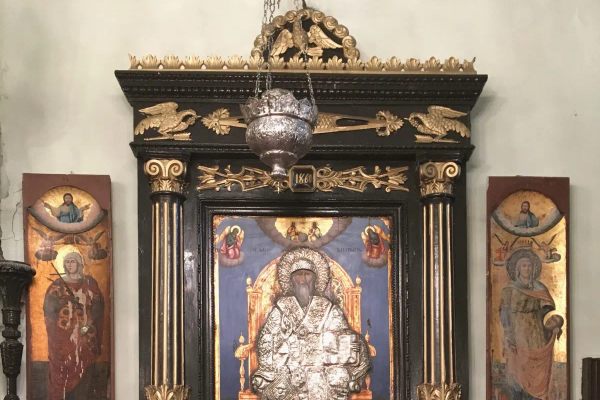
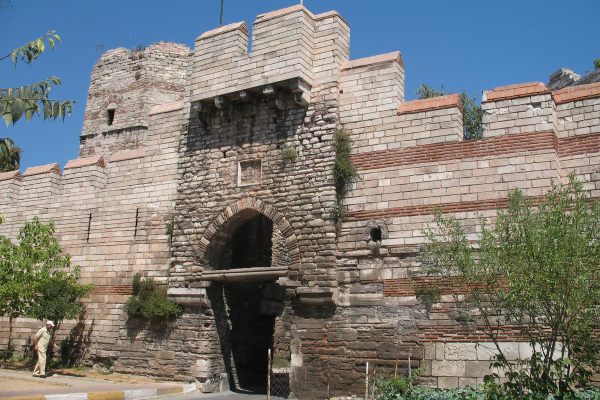

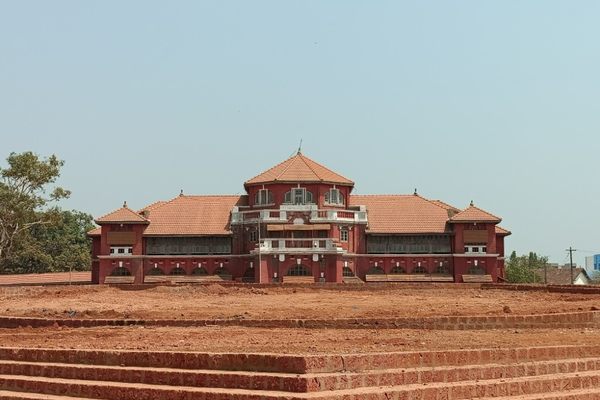
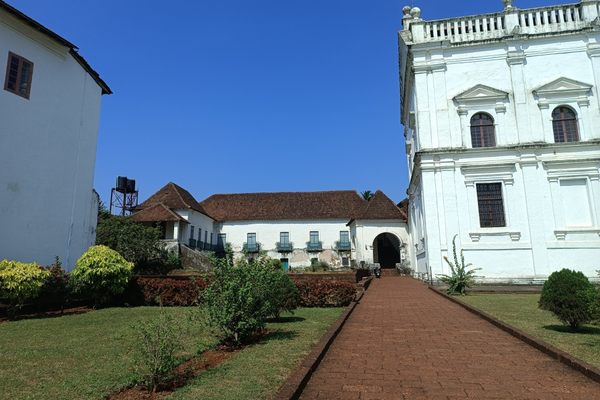
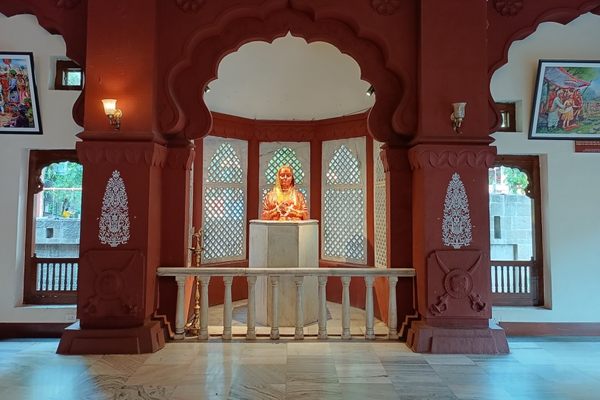


Follow us on Twitter to get the latest on the world's hidden wonders.
Like us on Facebook to get the latest on the world's hidden wonders.
Follow us on Twitter Like us on Facebook